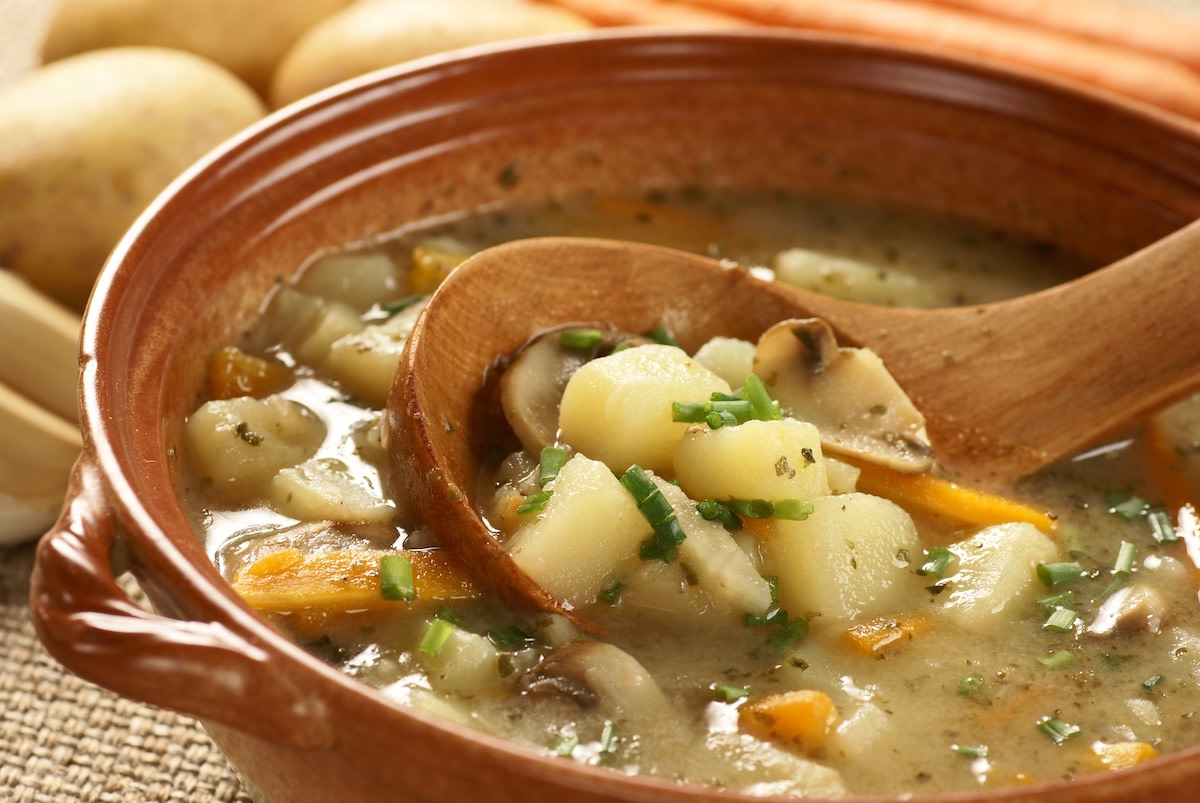How to Neutralize Salt in Food: 5 Ways to Fix Saltiness
Written by MasterClass
Last updated: Jan 21, 2022 • 3 min read
If you add too much salt to a dish, you can easily fix it if you know how to neutralize salt in food by rebalancing the flavors or incorporating salt-absorbing ingredients.
Learn From the Best
What Does It Mean to Neutralize Salt in Food?
If your food ends up too salty, you can add certain ingredients to the dish to cut the salty flavor. For example, raw potatoes will absorb excess salt as they cook in a salty soup or stew. While adding salt to foods, even desserts, can be crucial to bring out the flavor of each element in the dish, too much salt will make it difficult for your taste buds to pick up any other flavors.
3 Tips to Preventing Oversalted Food
Foods can go from perfectly salted to oversalted quickly. Here are a few tips to prevent you from over-salting food while you cook:
- 1. Follow the recipe instructions. If a recipe calls for low-sodium ingredients, such as low-sodium soy sauce or unsalted broth, make sure to use those specific ingredients. Otherwise, if you use the salted versions and still add the amount of salt the recipe calls for, the end result will be overly salty.
- 2. Measure the salt carefully. Many home cooks become confident in cooking, to the point where measuring salt becomes an afterthought. This works some of the time, but other times can cause a salty dish. Avoid using a salt shaker to just shake salt into a dish or eyeballing a pinch of salt to replace a proper measurement if you want to ensure your dish has just the right amount of salt.
- 3. Use the right salt. Table salt, sea salt, and Kosher salt each have different salinity levels. If a recipe calls for one type of salt, you should use that specific salt or research conversion amounts to ensure the final dish isn’t overly salty.
How to Neutralize Salt in Food
You have a few options if you have oversalted your food. Try one of these methods for fixing oversalted food:
- 1. Add an acid. You can add lemon juice, lime juice, or apple cider vinegar to salty food to help neutralize the saltiness. A tomato product, such as tomato sauce or tomato paste, will also work since tomatoes are acidic.
- 2. Add condiments. With casseroles, stews, chili, or other similar dishes, you can use condiments like sour cream, avocado, ricotta cheese, and others to fix salty food. The creaminess in these condiments helps to dilute the salt slightly and disperse the salt more evenly on your palate.
- 3. Add dairy. If it will complement the recipe—for example, a cream sauce—you can add more heavy cream, whole milk, or another type of dairy to neutralize the salty flavor in a dish. Dairy contains sugar, which helps to cut down the taste of salt. It coats the inside of your mouth, creating something of a barrier against the salt. Non-dairy milks, such as oat milk or coconut milk, can work similarly.
- 4. Add raw potatoes. One of the most common ways of fixing overly salty food is to add potatoes. This trick works well for soups, stews, and other similar dishes. Simply add a diced raw potato to the dish—as it cooks, the potato will absorb some of the liquid, including the extra salt.
- 5. Add sugar. Try incorporating a pinch of sugar (white sugar or brown sugar) or a sweetener like maple syrup to counteract saltiness. Sweet and salty is a classic flavor combination because of sugar’s ability to balance out the saltiness in food.
Want to Learn More About Cooking?
Become a better chef with the MasterClass Annual Membership. Gain access to exclusive video lessons taught by the world’s best, including Gordon Ramsay, Gabriela Cámara, Chef Thomas Keller, Dominique Ansel, Yotam Ottolenghi, Alice Waters, and more.
